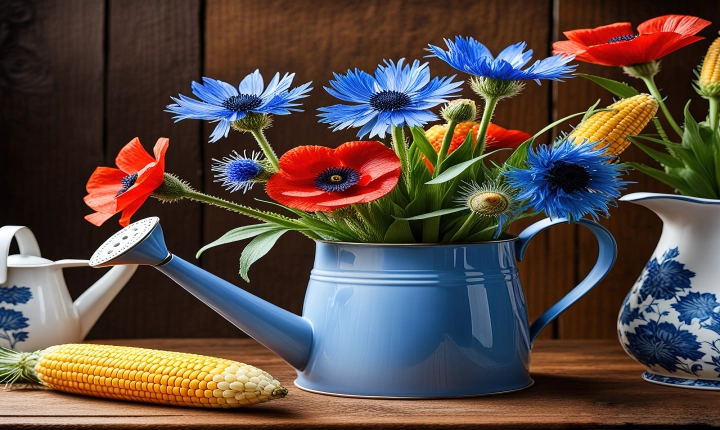Is AI Art Ruining Art?
Art has always been a reflection of human creativity, emotion, and expression. From ancient cave paintings to modern masterpieces, art has evolved alongside human civilization, capturing the essence of our thoughts, feelings, and experiences. However, with the advancement of technology, particularly the rise of artificial intelligence (AI), the world of art has encountered a new paradigm that has sparked an intense debate: is AI art ruining art?
Proponents of AI art argue that it opens up new possibilities for creativity and expression. AI algorithms have been trained to analyze and replicate artistic styles, leading to the creation of stunning works that blur the line between human and machine-generated art. The ability of AI to generate art that is visually captivating and conceptually thought-provoking has garnered attention and acclaim in the art world.
AI art has also democratized the creation process, allowing individuals with no formal art training to create visually appealing pieces. This accessibility has inspired a broader audience to engage with and appreciate art, breaking down barriers to participation and fostering a more inclusive art community.
On the other hand, critics of AI art are concerned that it devalues the role of human creativity and craftsmanship. They argue that art created by AI lacks the personal touch, emotional depth, and authenticity that are intrinsic to human-made art. Furthermore, the sheer volume of AI-generated art flooding the market threatens to overshadow and devalue the work of human artists, potentially undermining their livelihoods and the integrity of the art market.
Another point of contention is the question of authorship. When AI generates art, who should be credited as the artist? This presents a significant challenge to the traditional notion of artistic identity and authorial ownership, raising ethical and legal concerns regarding intellectual property and artistic rights.
Moreover, the reliance on AI to produce art runs the risk of homogenizing artistic expression, as the algorithms may favor certain styles or trends, resulting in a lack of diversity and originality in the art world. This could stifle the innovation and individuality that have driven artistic movements and cultural evolution throughout history.
The tension between the potential of AI art to revolutionize creativity and the concerns about its impact on traditional artistic practices has fueled a dynamic dialogue within the art community. While some view AI art as a threat to the essence of human expression, others see it as a complementary tool that can enhance and expand the boundaries of artistic exploration.
Ultimately, the intersection of AI and art presents a complex and multifaceted issue that prompts reflection on the nature of creativity, the role of technology in shaping cultural production, and the evolving landscape of the art world. As we navigate this new frontier, it is essential to critically assess the implications of AI art and consider how it can coexist with and contribute to the rich tapestry of human creativity. Balancing innovation with preservation, and embracing the potential of AI art while safeguarding the values and principles of traditional art, is paramount in shaping the future of artistic expression.
